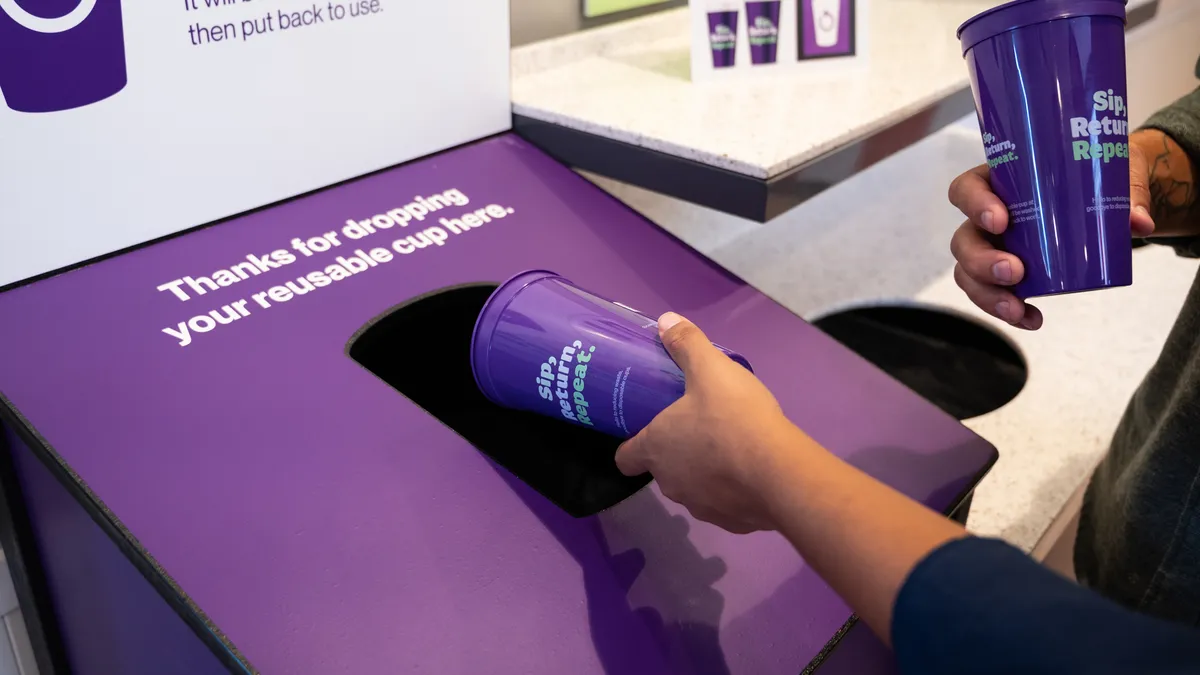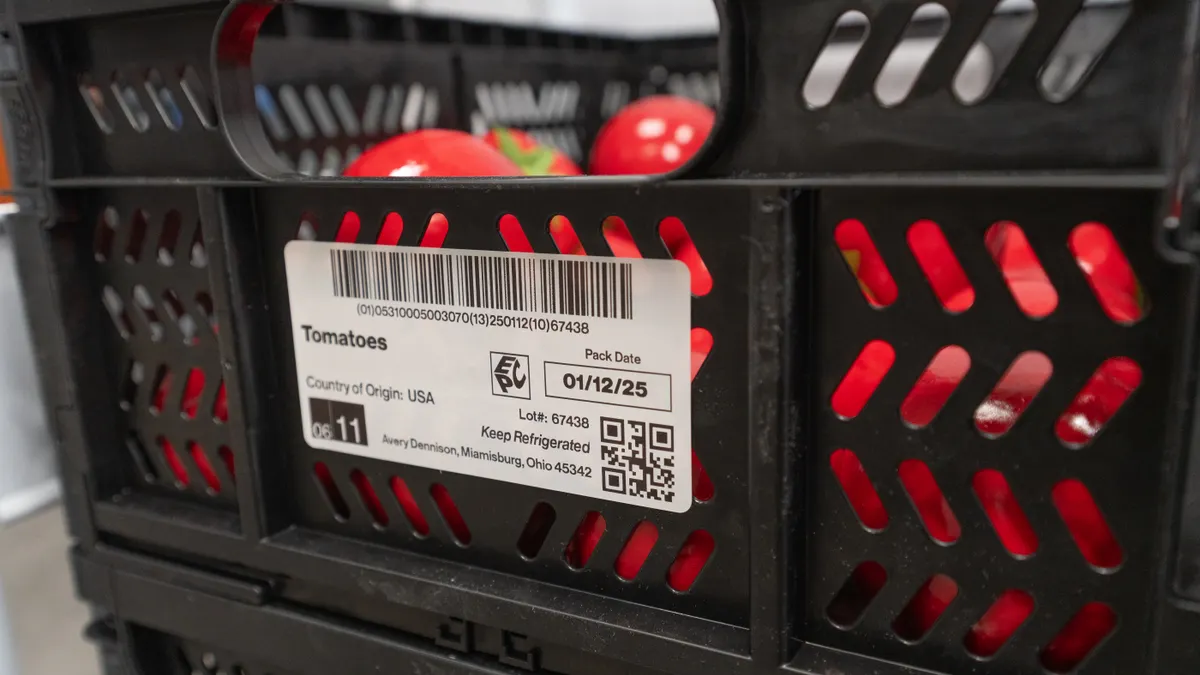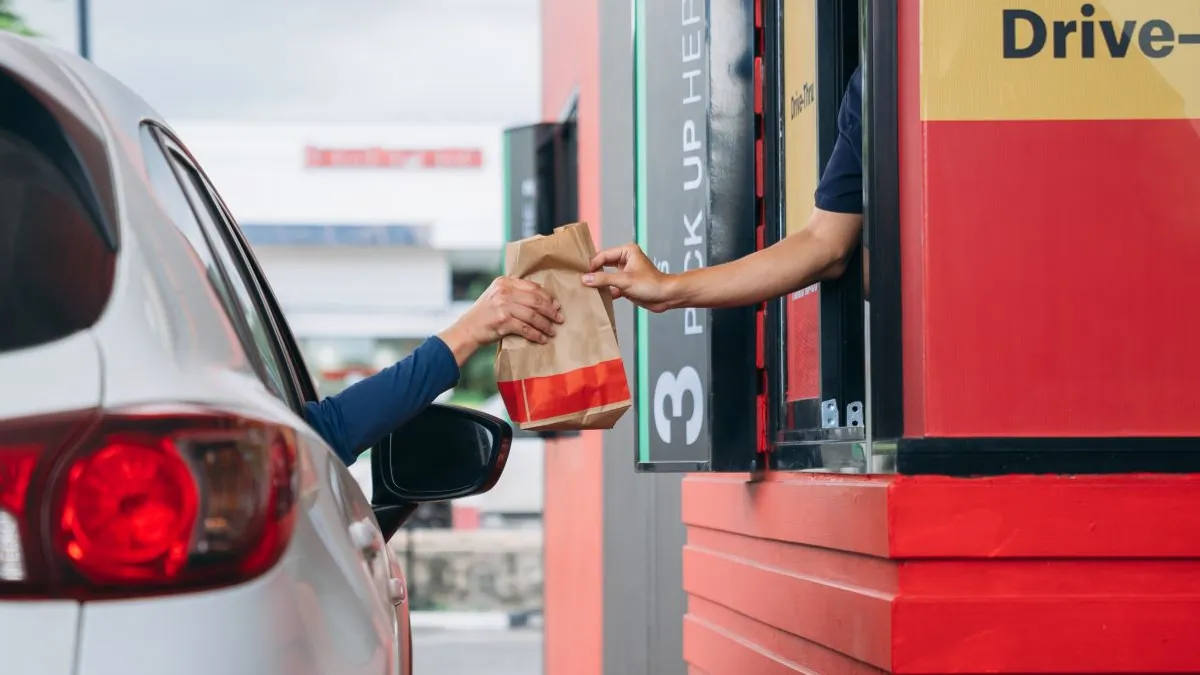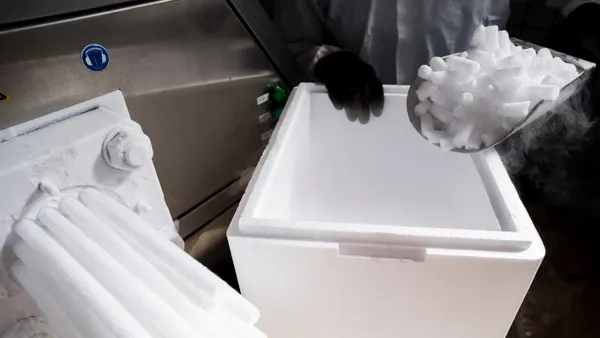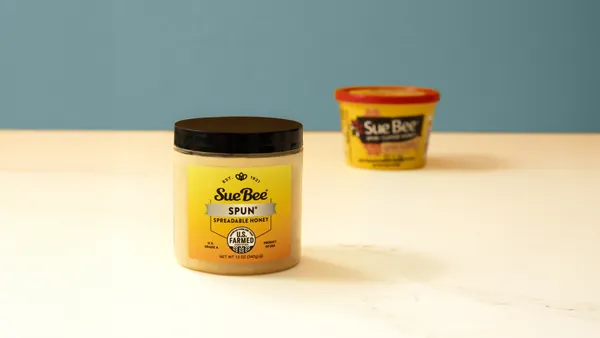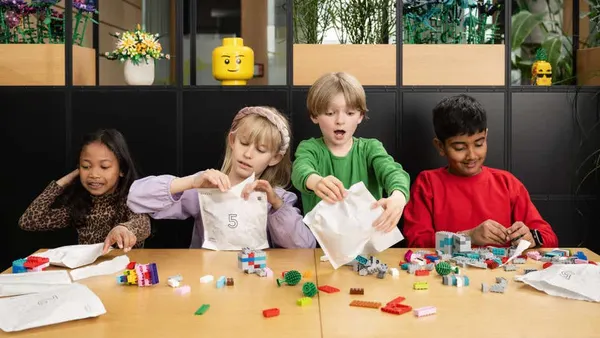Once a business chooses to adopt reusable packaging, then comes a second decision: what material to select for those containers.
“One of the most important design decisions for reuse is selecting the right material. It’s also one of the most complex,” wrote Closed Loop Partners’ Carolina Lobel in an Aug. 27 article on the firm’s website. CLP has helped launch city-scale reuse programs.
Each substrate — plastic, metal, glass or ceramic — has a different profile of durability, recyclability, customer experience and cost attributes, wrote Lobel, senior director at CLP’s Center for the Circular Economy.
“In our work to bring reuse to market, we evaluate each material based on how well it fits into a given system: How often will it be returned? How will it be washed and stored? What will the customer do with it after use? Can it be recovered at end-of-life?” Lobel wrote.
Reuse systems operator Bold Reuse, a material-agnostic company, allows clients to choose which vessels are best for them.
“We really work with our clients to help understand what the best product and material is for their specific use case. And then we help them source, procure and operationalize that inventory,” said Bold Reuse CEO Jocelyn Quarrell in a recent interview.
Chief Revenue Officer Heather Watkins added that Bold Reuse has “a wide portfolio of different procurement partners that we're working with.”
The company’s sports and entertainment clients are “overwhelmingly leveraging the polypropylene No. 5 cups,” Quarrell said. “That product tends to be the best fit for their use case from both an economic and a safety consideration.”
While there’s interest in different materials, decisions come back to potential venue-specific implications. For example, if someone at a sports stadium were to throw a lightweight polypropylene cup, “it’s not going to do damage in the same way that potentially a stainless steel cup could.” In operations, there can be significant footprint differences between the two based on weight, Quarrell also noted.
Reusables remain a small portion of major packaging manufacturers’ portfolios. PR3, the nonprofit Global Alliance to Advance Reuse, is in the midst of developing a standard for container design and performance.
In the limited-run Petaluma Project in California, Berry Global was an HDPE cup provider. Berry, which was acquired by Amcor this year, reported in 2025 that just 1% of its packaging was reusable. In metals, Ball sold the majority stake in its aluminum cups business earlier this year, following lower than anticipated growth in the segment.
But Watkins said there is clear opportunity for manufacturers to make waves in the reusables space, noting a middle gap between high-end and low-end products currently. “There's a really big opportunity for all these manufacturers to create low-cost, durable, but experientially nicer [containers] than what's on the market right now.”
That’s resulted in “a flurry of activity,” Watkins said. “Think about even a hot cup; usually a hot cup is super expensive, and there's nothing really in the lower-end market that's really useful. So we're excited about the innovation happening there.”


